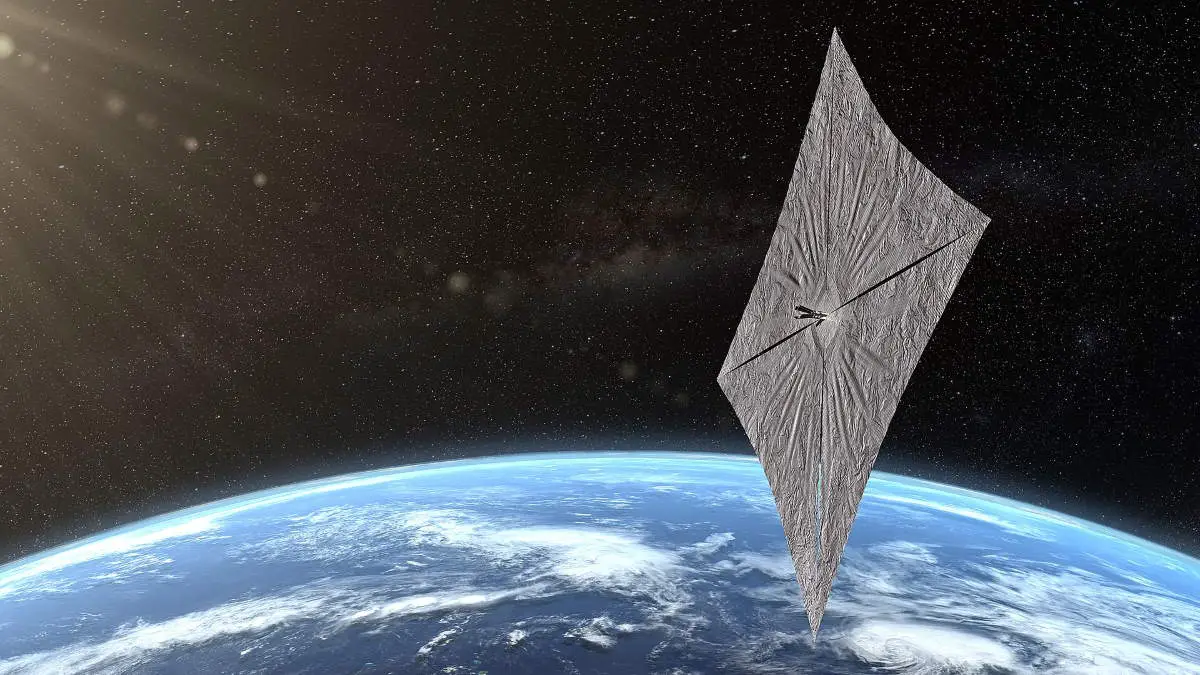The Planetary Society has announced that the LightSail mission is a success and LightSail 2 just raised its orbit around Earth using sunlight alone on their Twitter account @exploreplanets.
LightSail is a citizen-funded project from The Planetary Society, a global non-profit organization devoted to space exploration, to send a small spacecraft, propelled solely by sunlight, to Earth orbit. The project became a success, it demonstrated controlled solar sailing within low Earth orbit.
The project consists of two spacecraft – LightSail 1 and LightSail 2. Launched on 20 May 2015, LightSail 1 was an engineering demonstration mission designed to test its new sail deployment method in space, it did not perform solar sailing. LightSail 2 is a fully functional spacecraft intended to demonstrate true solar sailing and incorporates the lessons learned from LightSail 1. It was launched as a secondary payload on the Space Test Program (STP-2) on a SpaceX’ Falcon Heavy rocket on June 25, 2019, and deployed by the Prox-1 carrier satellite.
In the future, we can use this technology to start an interstellar mission.
Both spacecraft measure 10 cm x 10 cm x 30 cm (3.9 in x 3.9 in x 11.8 in) in their stowed configuration. After sail deployment, the total area of each spacecraft is 32 square meters (340 sq ft).
LightSail is a follow-on project to Cosmos 1- a solar sail spacecraft designed also by The Planetary Society in the early 2000s which was destroyed during a rocket failure on June 21, 2005, after being launched from the Russian submarine Borisoglebsk in the Barents Sea.

How LightSail moves
LightSail uses sunlight to raise its orbit around Earth. But, how can sunlight propel a spacecraft?
Particles of light, or photons, have no rest mass but they carry energy and momentum. Just as a sailboat can be propelled by the wind, light sails can ride the momentum of photons by reflecting a wind of sunlight, or, intense laser light, which is better.
In his YouTube channel The Science Asylum, physicist Nick Lucid explains this in the video below, titled “Momentum does NOT require Mass!!”
The Planetary Society was founded in 1980 by Carl Sagan, Bruce Murray (the American planetary scientist, 1931-2013), and Louis Friedman, the American astronautics engineer, and space spokesperson, and has about 60,000 members from more than 100 countries around the world.
Sources
- LightSail on Wikipedia
- The Planetary Society on Wikipedia
- LightSail webpage on the planetary.org
- Moon Landings: All-Time List [1966-2025] - February 2, 2025
- What Is Max-Q and Why Is It Important During Rocket Launches? - January 16, 2025
- Top 10 Tallest Rockets Ever Launched [2025 Update] - January 16, 2025